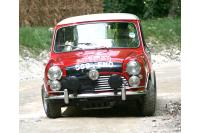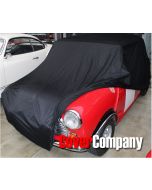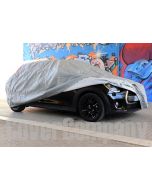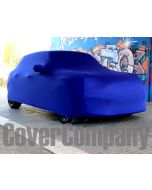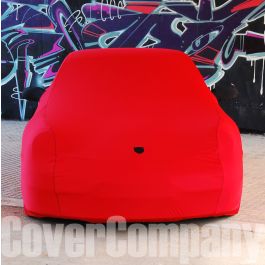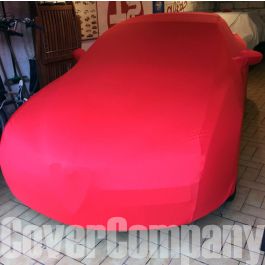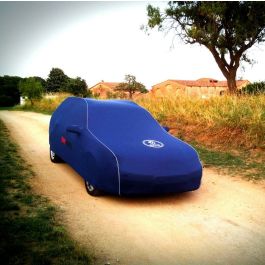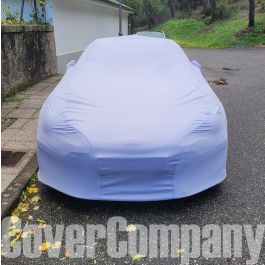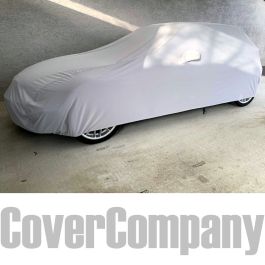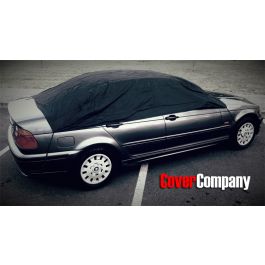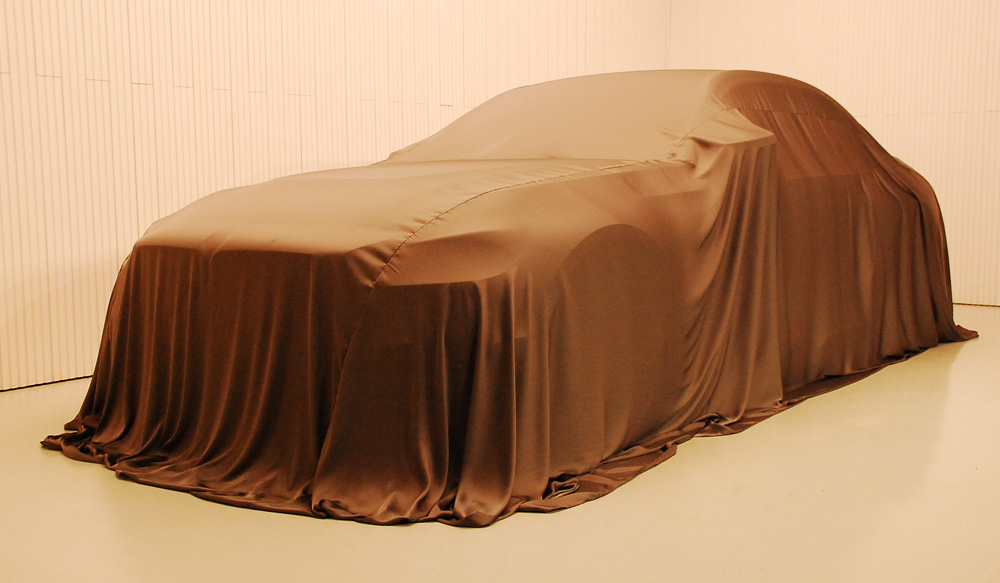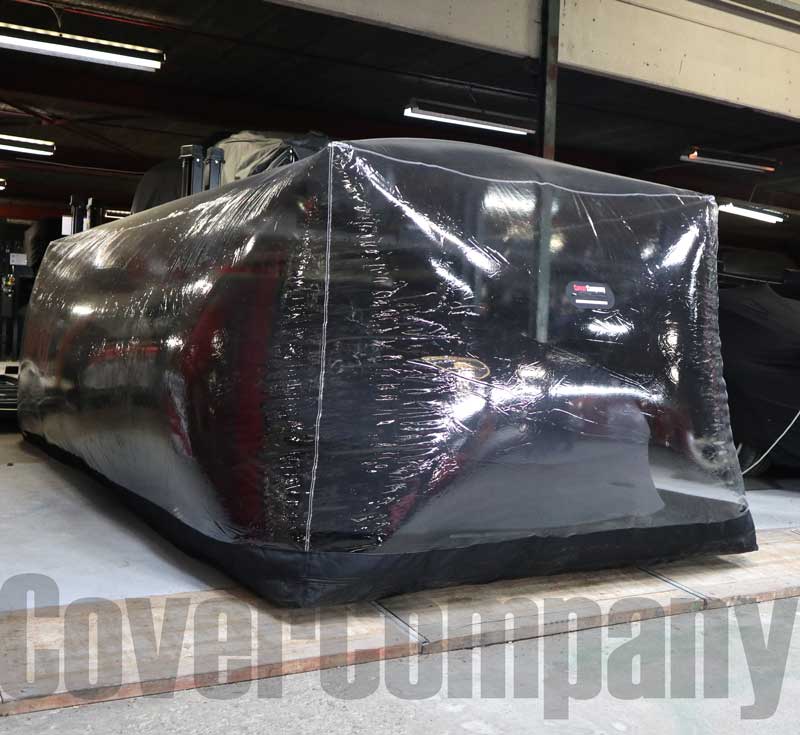From Racing to the Road: A Journey Through the History of the Mini Cooper and How to Keep it in Optimal Shape
From Racing to the Road: A Journey Through the History of the Mini Cooper and How to Keep it in Optimal Shape
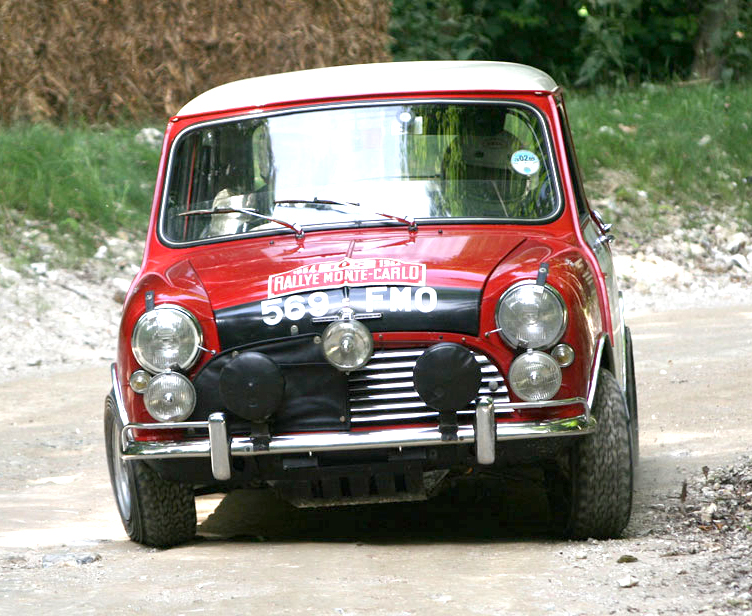 The Mini is a British car that was first introduced in 1959 by the British Motor Corporation (BMC). It was designed as an economical and compact car that would be affordable to the average consumer. The Mini quickly became a popular choice for consumers in the United Kingdom and soon became a cultural icon.
The Mini is a British car that was first introduced in 1959 by the British Motor Corporation (BMC). It was designed as an economical and compact car that would be affordable to the average consumer. The Mini quickly became a popular choice for consumers in the United Kingdom and soon became a cultural icon.
The original Mini was designed by Alec Issigonis, who was tasked with creating a car that would be small enough to navigate the narrow roads of Britain, but still spacious enough to accommodate four passengers. The Mini was built on a unique transverse engine design, which allowed for maximum interior space in a compact body.
The Mini quickly gained popularity in the 1960s and was adopted by a variety of subcultures, including mod, punk, and rock and roll. The Mini was also used as a rally car and became known for its nimble handling and maneuverability.
In the late 1960s, the Mini was updated with several new models, including the Mini Cooper, which was introduced in 1961. The Mini Cooper was a performance-oriented model that featured a more powerful engine, improved handling, and sportier styling.
In the late 1990s, the Mini was relaunched by the BMW Group as a retro-inspired model that was designed to evoke the style and spirit of the original Mini. The new Mini was a hit with consumers and has since become one of the most recognizable and popular cars on the road.
Today, the Mini is still in production and continues to be a popular choice for consumers who are looking for a compact, stylish, and affordable car. The Mini remains a cultural icon and is widely recognized as one of the most innovative and iconic cars of the 20th century.
The Mini Cooper
The Mini Cooper is a high-performance variant of the Mini that was first introduced in 1961. It was developed by John Cooper, a famous British motorsports builder and race car driver, and was designed to offer a sportier and more performance-oriented driving experience.
The Mini Cooper was powered by a 997 cc or a 1071 cc four-cylinder engine that produced 55 horsepower and 65 horsepower, respectively. This gave the Mini Cooper a top speed of around 80 mph, which was quite impressive for its time. The Mini Cooper also featured improved handling and suspension compared to the standard Mini, making it a nimble and fun car to drive.
The Mini Cooper became a popular choice for rally racing, and it won several high-profile races, including the Monte Carlo Rally in 1964 and 1965. This helped to cement the Mini Cooper's reputation as a sporty and capable car and contributed to its growing popularity.
In the late 1960s and early 1970s, the Mini Cooper underwent several updates and changes, including the introduction of new models such as the Mini Cooper S, which featured a larger engine and even sportier styling. The Mini Cooper remained in production until 1971, when it was discontinued due to emissions regulations.
In the 1990s, the Mini Cooper was relaunched by the BMW Group as part of the relaunch of the Mini brand. The new Mini Cooper was designed to evoke the style and spirit of the original Mini Cooper and was powered by a modern 1.6-liter four-cylinder engine that produced around 115 horsepower.
Today, the Mini Cooper continues to be a popular choice for consumers who are looking for a compact, sporty, and stylish car. It remains one of the most recognizable and iconic vehicles on the road and continues to be a beloved classic that is treasured by car enthusiasts and collectors around the world.
Protecting your MINI Cooper
Taking care of your Mini Cooper is essential to keep it running smoothly and maintain its value over time. Here are some tips on how to take care of your Mini Cooper:
- Regular Maintenance: Make sure to keep up with regular maintenance, such as oil changes, tire rotations, and fluid replacements. This will help to keep your Mini Cooper running smoothly and prevent any potential problems from developing.
- Regular Wash and Wax: Regular washing and waxing will help to protect the paint and keep your Mini Cooper looking its best. Avoid using harsh chemicals, and instead opt for mild soap and water or a specialized car wash solution.
- Keep it Clean: Regularly cleaning the interior of your Mini Cooper will help to prevent damage from dust and dirt. Vacuum the floor mats and seats, and use a soft cloth to clean the dashboard and other surfaces.
- Protect the Paint: Park your Mini Cooper in a garage or covered area to protect it from the elements, and use a high quality custom car cover if necessary. Sun and weather can cause damage to the paint, so make sure to protect your car from harmful UV rays.
- Check the Tires: Regularly check the tire pressure and make sure the tires are in good condition. Maintaining proper tire pressure can improve fuel efficiency and extend the life of your tires. Use tyre cushions to protect your tyres from flat spots.
- Use High-Quality Fuel: Use high-quality fuel to keep your Mini Cooper's engine running smoothly and prevent damage from lower-quality fuels.
- Be Mindful of Your Driving: Avoid excessive speeding, hard braking, and sudden acceleration, as these can all cause damage to your Mini Cooper.
By following these tips, you can help to keep your Mini Cooper running smoothly and maintain its value over time. Regular maintenance and care can also help to prevent expensive repairs down the line and ensure that your Mini Cooper remains a reliable and enjoyable car to drive.
What Our Customer Are Saying...
-
PERFECT PROTECTION GOLDWING 1500 By: Gilles COHARD
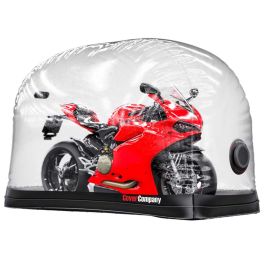 Very satisfied with this indoor size L cover (2.8 m x 1.2 m x 1.6 m) for the Goldwing 1500. Unfold carefully as the package is vacuum-sealed and the transparent part is very sticky. I installed it by myself. Be careful to position the antennas correctly. Consider using protection under the center and side stands to preserve the cover. No instructions in French. This cover is not cheap, but it really does the job. I highly recommend it. CoverCompany responds quickly to questions, which is much appreciated.
Very satisfied with this indoor size L cover (2.8 m x 1.2 m x 1.6 m) for the Goldwing 1500. Unfold carefully as the package is vacuum-sealed and the transparent part is very sticky. I installed it by myself. Be careful to position the antennas correctly. Consider using protection under the center and side stands to preserve the cover. No instructions in French. This cover is not cheap, but it really does the job. I highly recommend it. CoverCompany responds quickly to questions, which is much appreciated. -
Decent quality for the price By: Paul
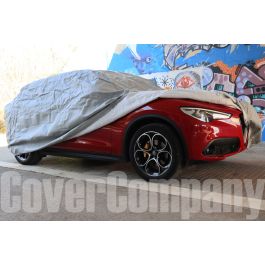 Cover is good quality. Being a standard fit cover it's designed to fit large SUV vehicles which is slightly too big for a Stelvio, but it's better that it's oversized than too small. It's never going to fit back into the storage bag or case that came with it so will have to find another way of storing it which is disappointing. Took about 10 days to get to the UK. - Answer by Cover Company: Thanks for your feedback Paul. The package includes an additional storage bag to store the cover once it has been used,
Cover is good quality. Being a standard fit cover it's designed to fit large SUV vehicles which is slightly too big for a Stelvio, but it's better that it's oversized than too small. It's never going to fit back into the storage bag or case that came with it so will have to find another way of storing it which is disappointing. Took about 10 days to get to the UK. - Answer by Cover Company: Thanks for your feedback Paul. The package includes an additional storage bag to store the cover once it has been used,

